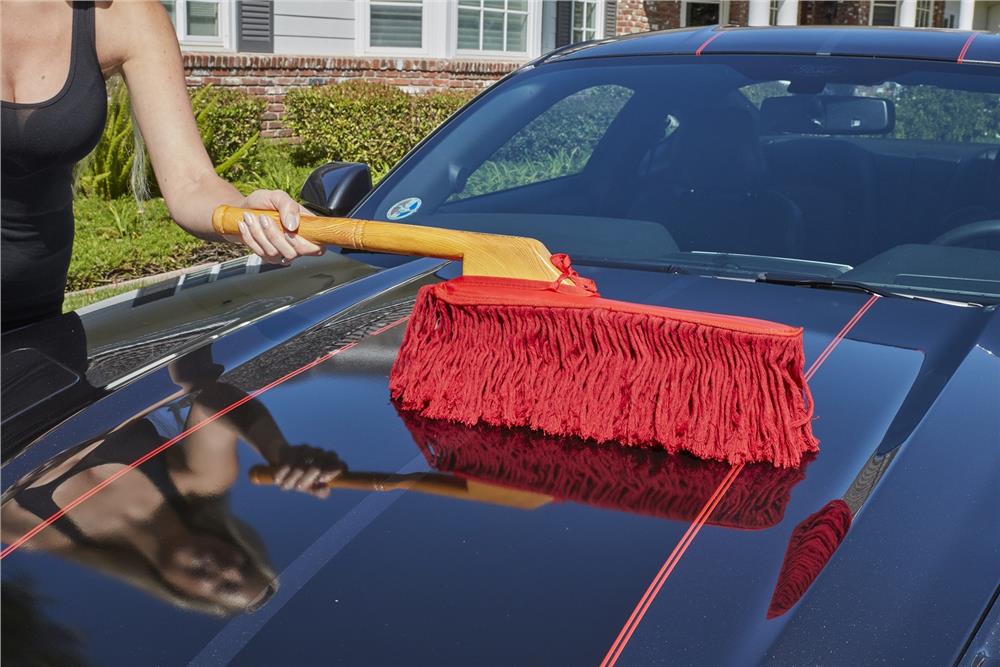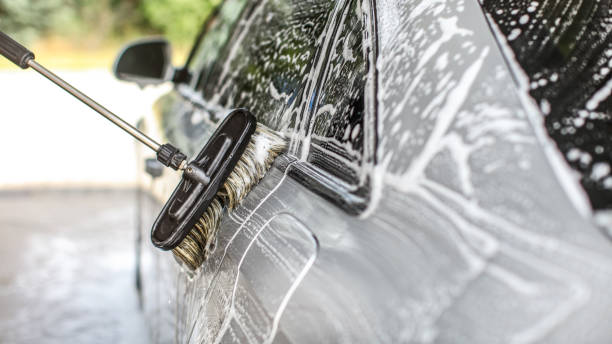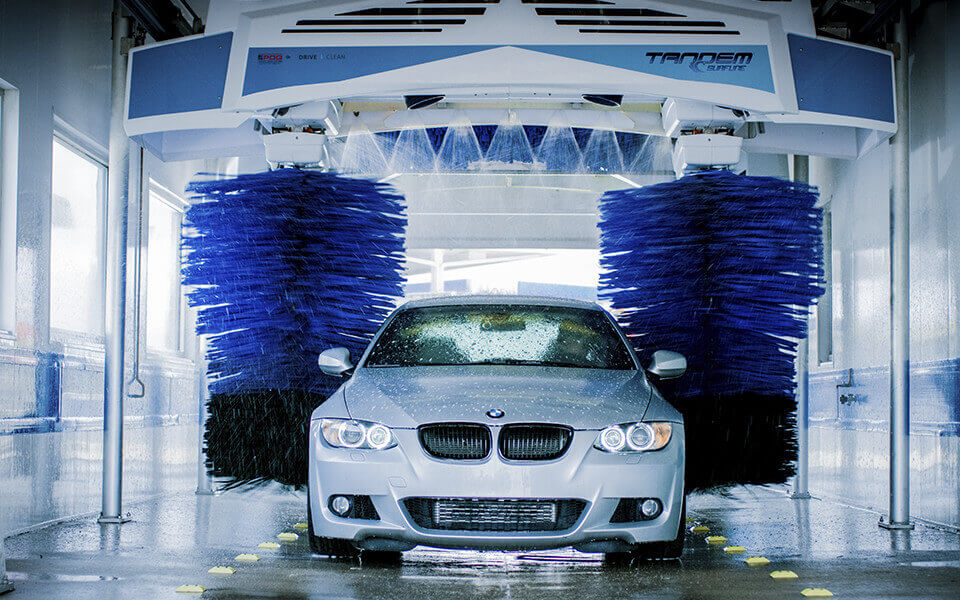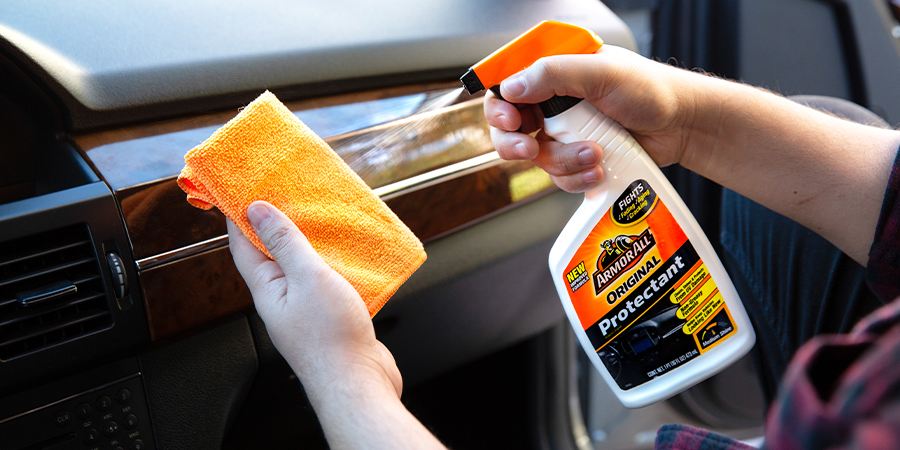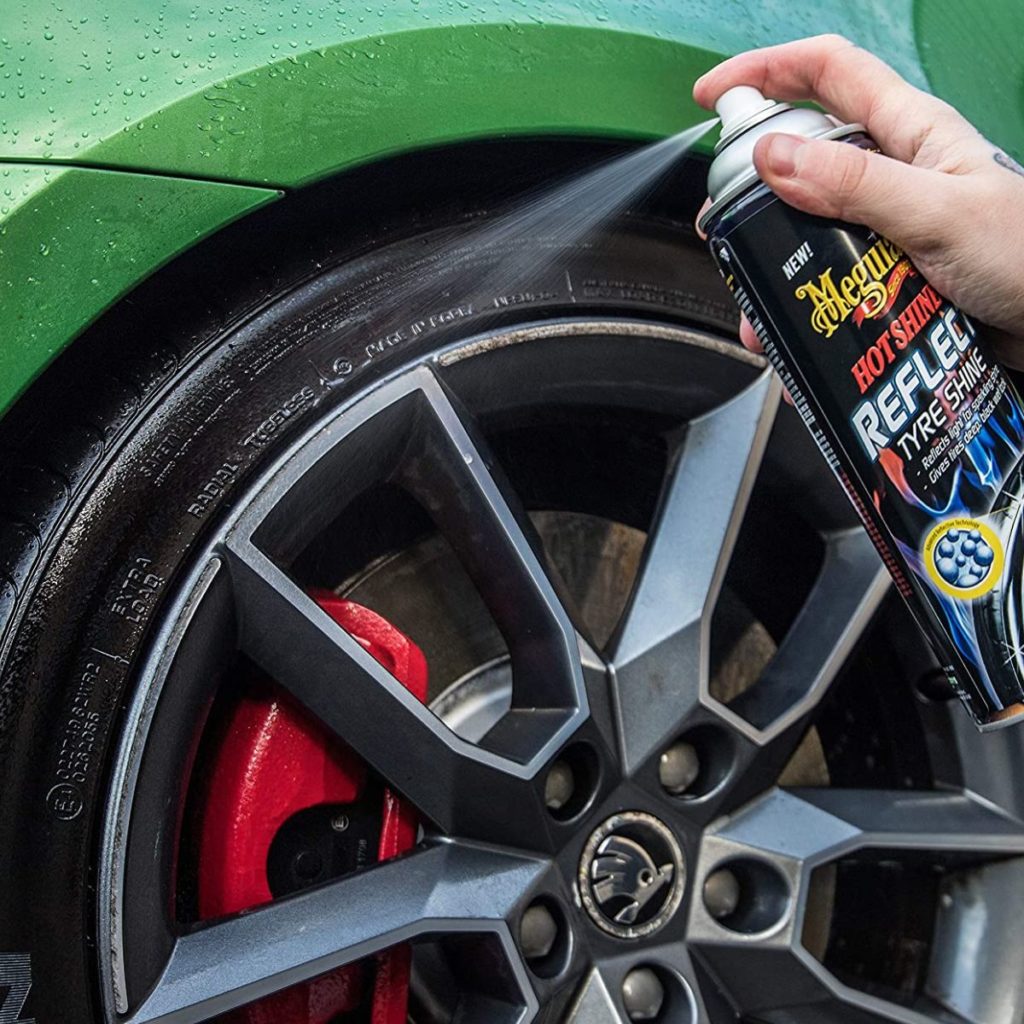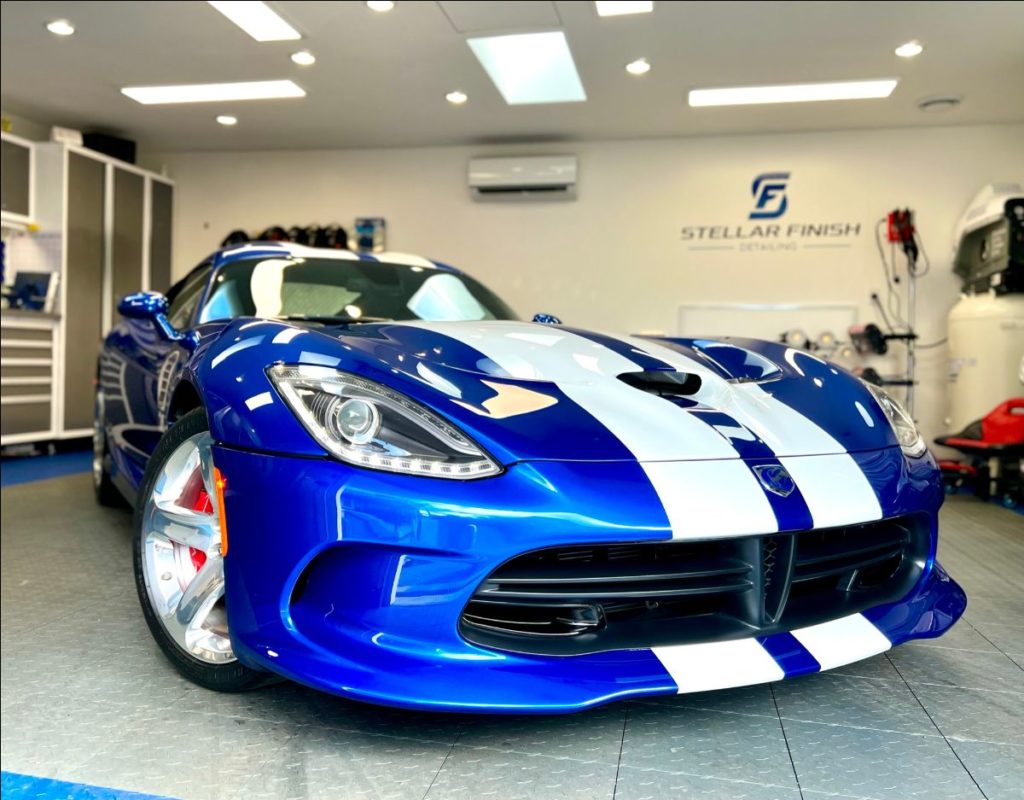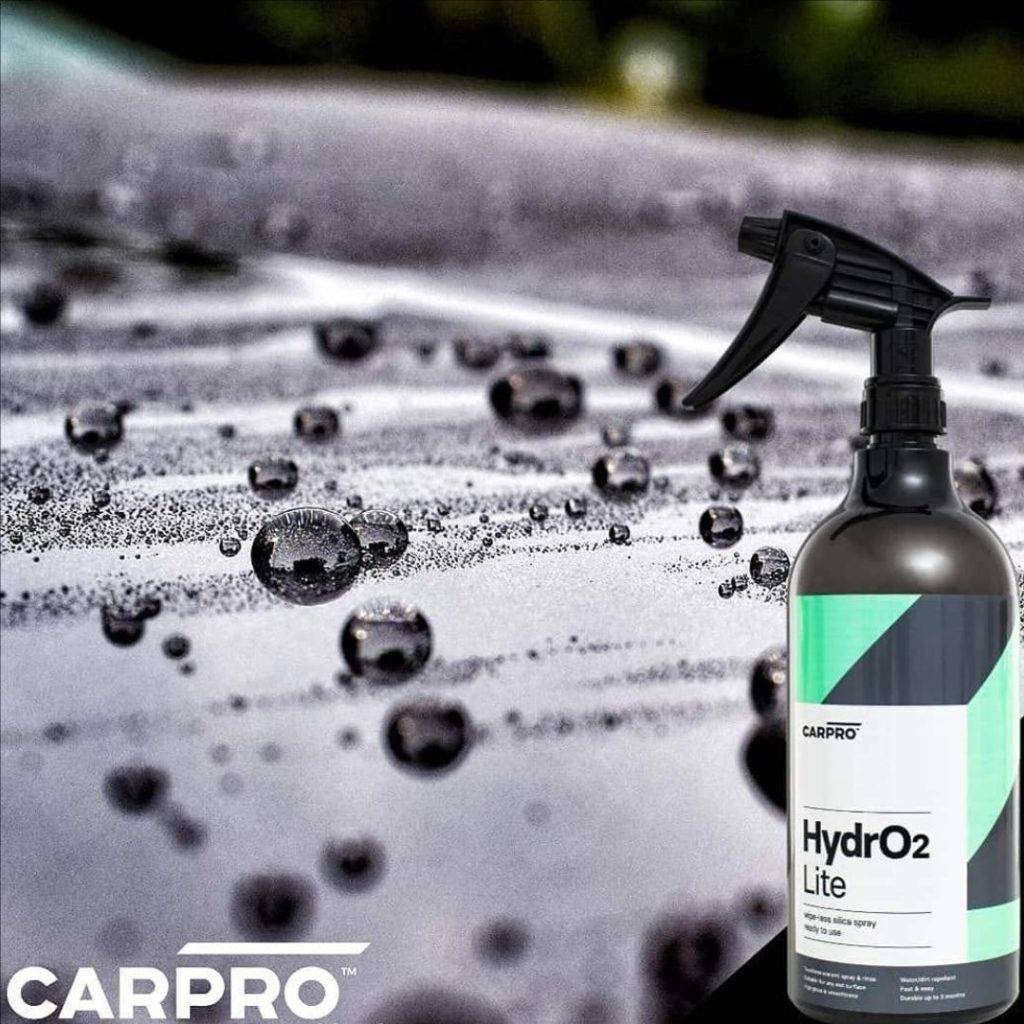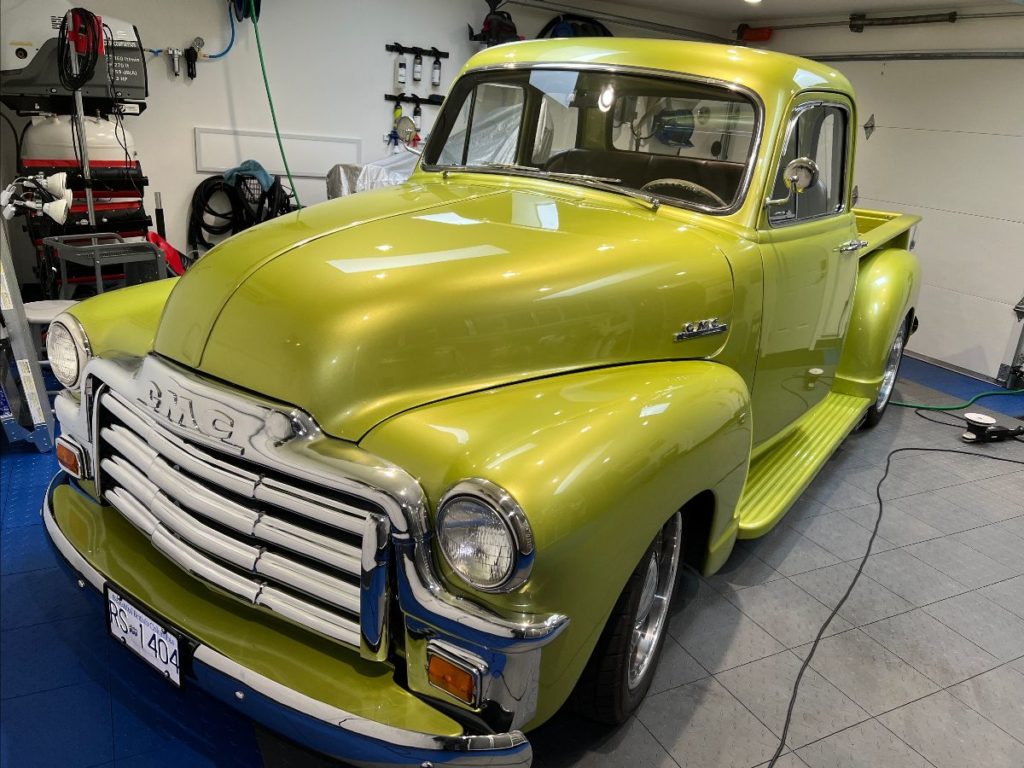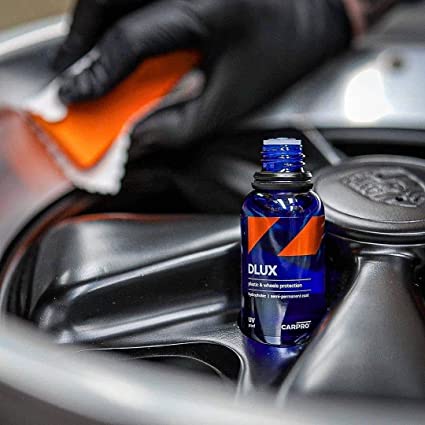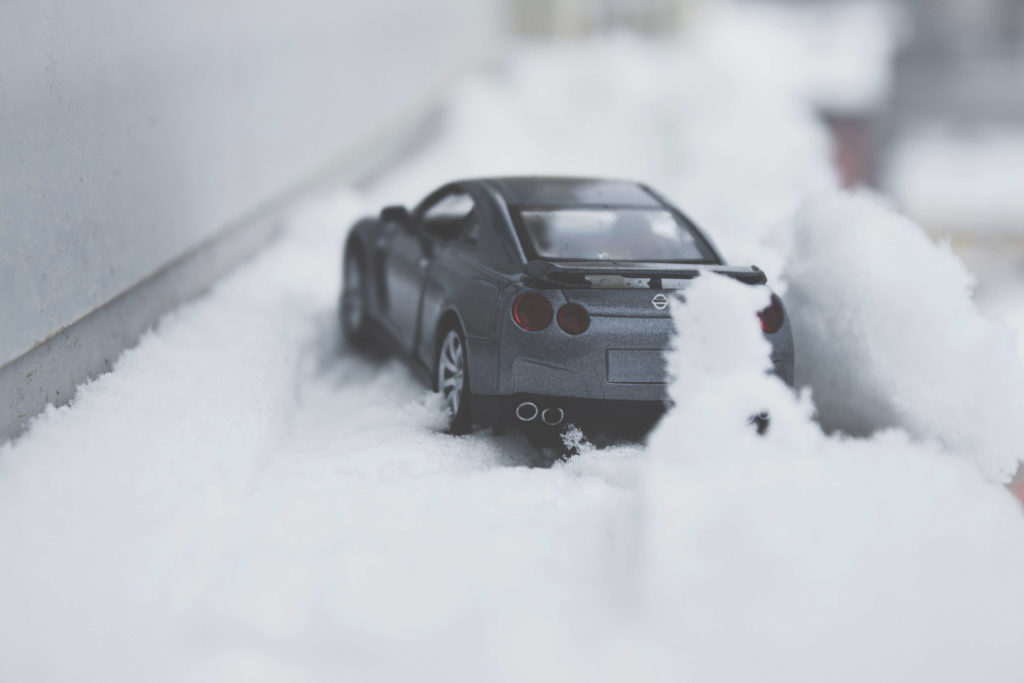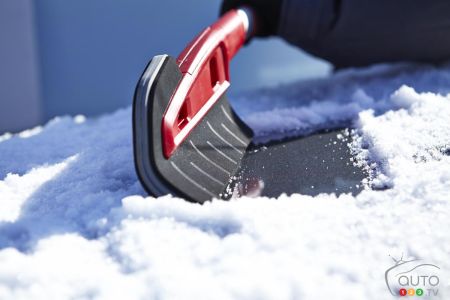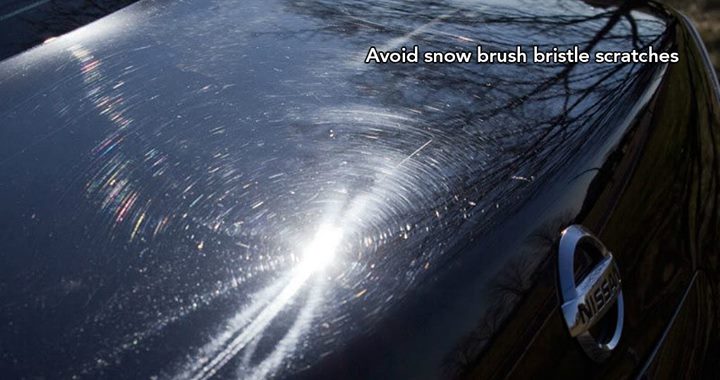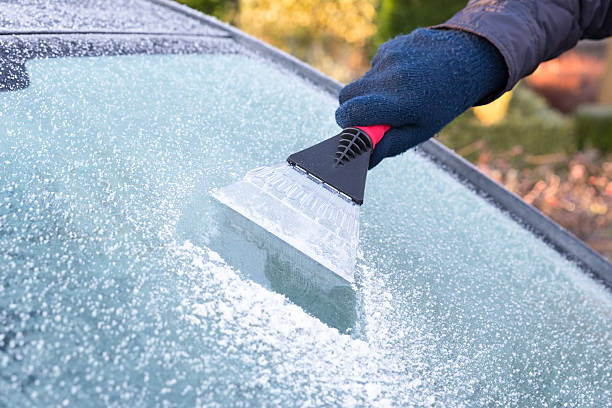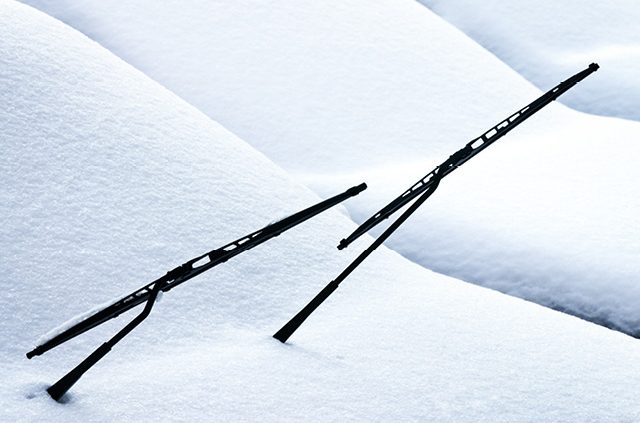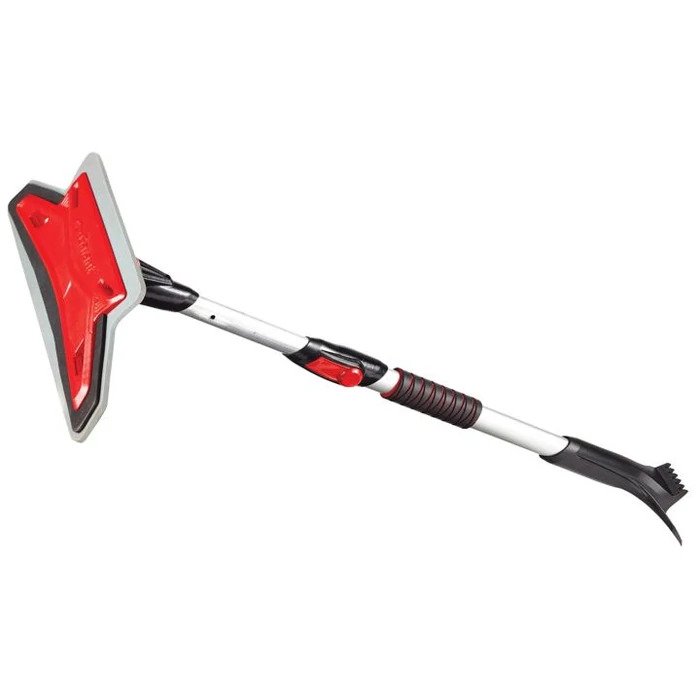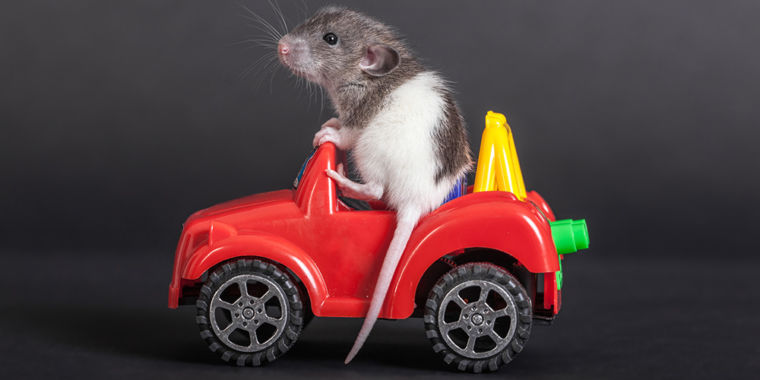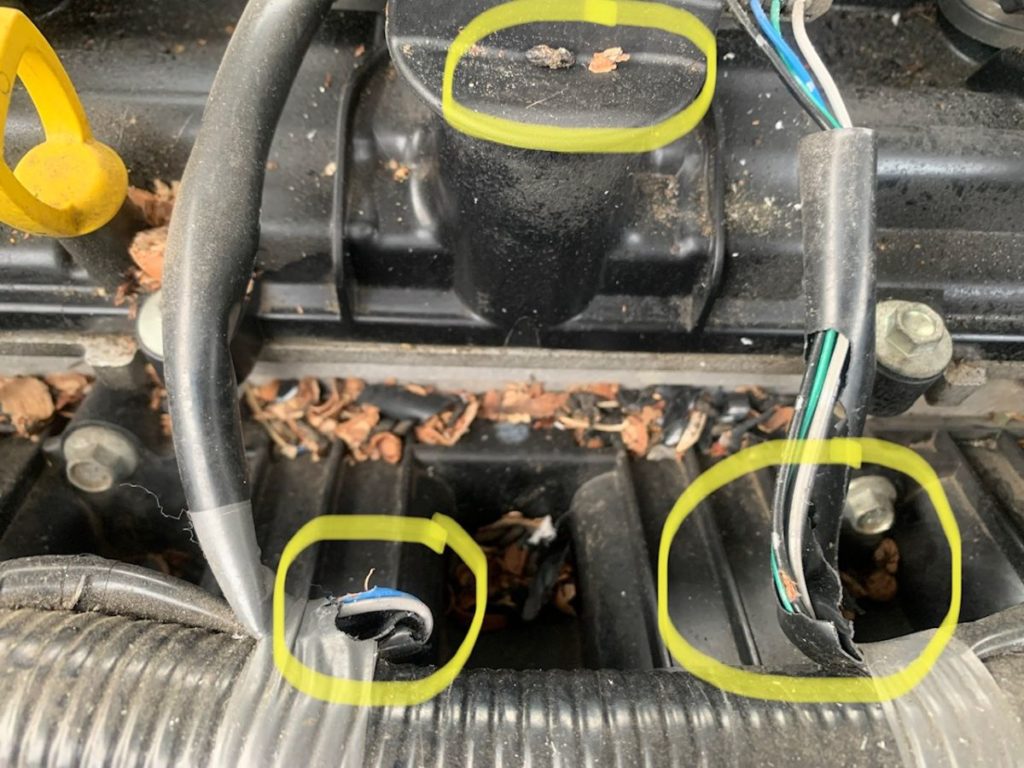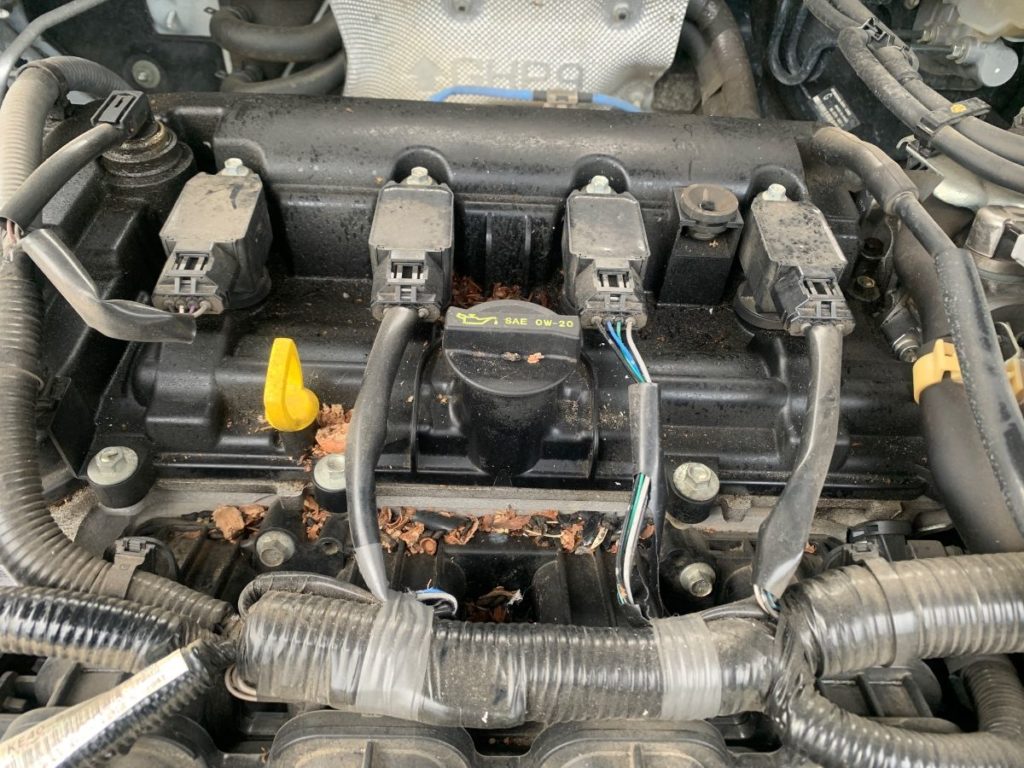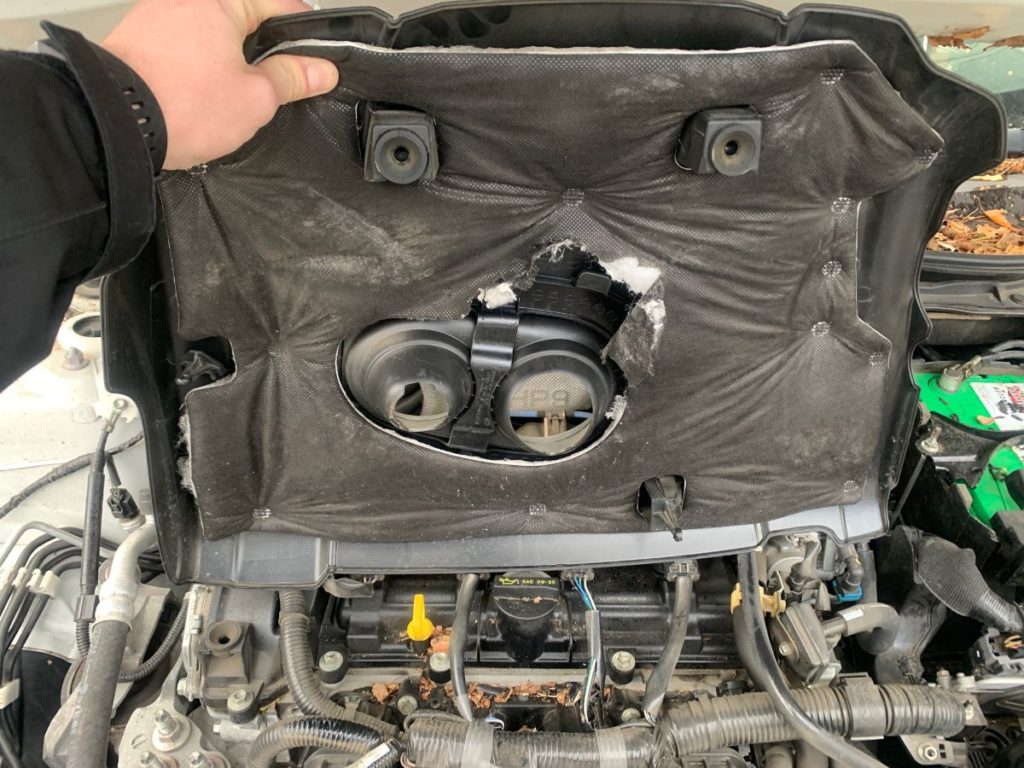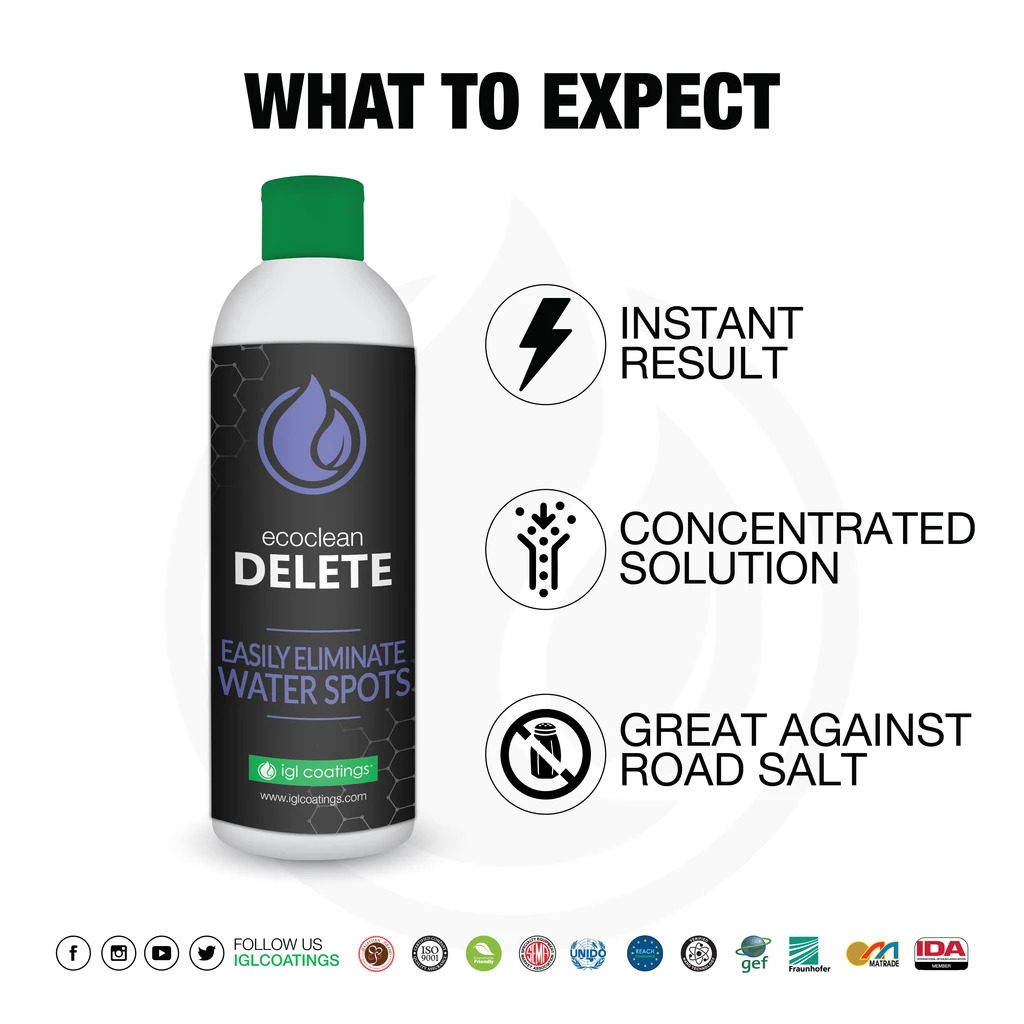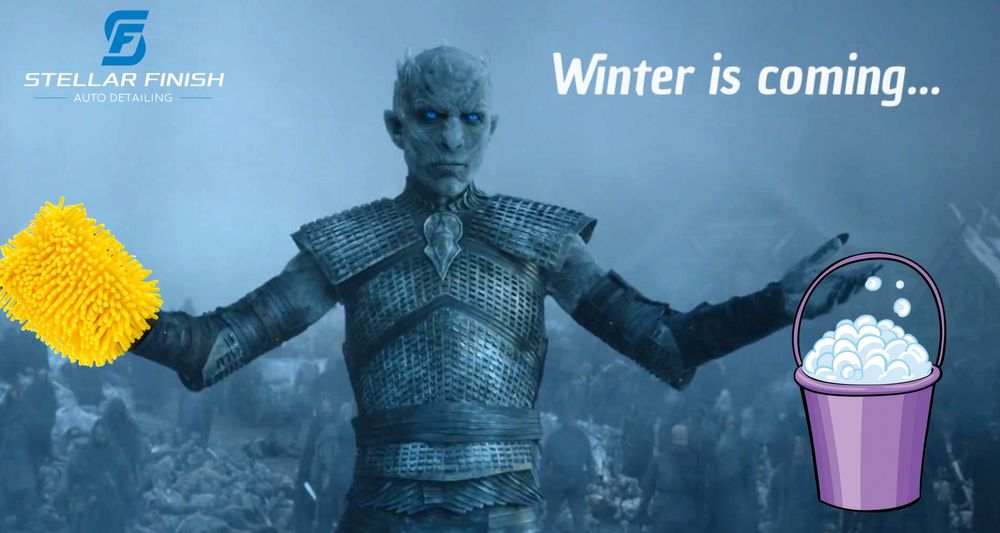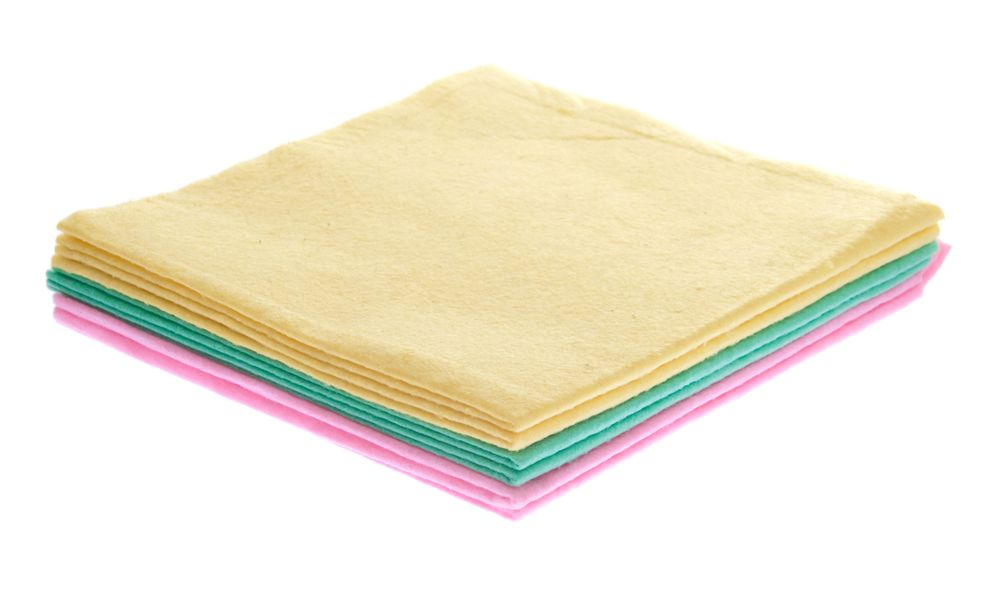5 Tips for Clean Glass
Our chilly season is here, and that means more time spent inside our vehicles. The more use your car sees, especially with cold weather and defroster use, the more attention we need to pay to our glass and windows. As glass gets cold, moisture clings to it when exposed to warmer air on the other side. As our automotive glass isn't a vacuum dual pane, like our house glass, it condenses water on it, or "fogs up" when cold. This causes us to warm up the car, turn on the defrost, and clear our view.
This procedure allows dirty air and interior particulate to create a film over time on the interior of our windshield and glass. If you have a new car, the off-gassing of the interior materials as they cure leaves films too. Even breathing, talking ( and sneezing!) leaves deposits on the windshield. And when was the last time you looked up and checked your sunroof? Believe it or not, almost every vehicle we see that has one, has dirty glass. This is also caused by our body sweat and heads as we drive. Just come back from a run or gym workout? Your head will evaporate sweat and it will stick to the coolest, closest thing, the sunroof glass. Who knew detailing was so scientific?! Did you know that a clean inner windshield fogs up less, and clears quicker than a dirty one? This is because the water droplets have less to grab on to.
We hear from out clients that cleaning the glass is the hardest part of keeping up a vehicle, so we are here to help. Check out our video we made several years back, and follow along step by step. Once you master this, you'll have clear vision all year long. And, your cold mornings will be a little less stressful!
5 Tips for Clean Glass
#1 - Use Automotive Glass Cleaner
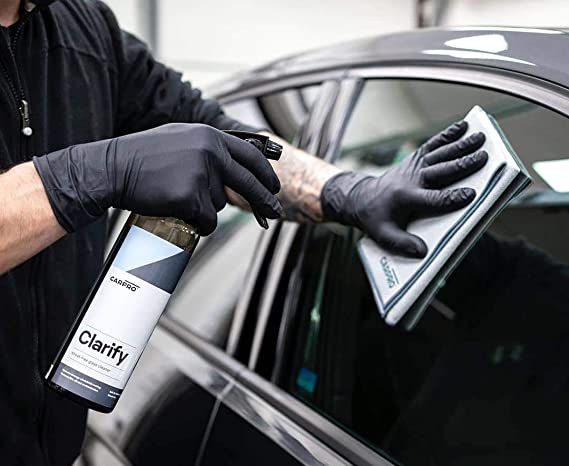
Using cheap household brands for auto glass is a bad choice. These often contain harsh chemicals and additives that aren't suitable for sensitive automotive surfaces, like plastics and window tint.
The ammonia found in products like Windex for example will negatively effect rubber seals and window tint. So stick to a high quality automotive or similar product and you'll be set. We sell cleaner if you need to pick any up.
#2 - Use a Microfiber Towel
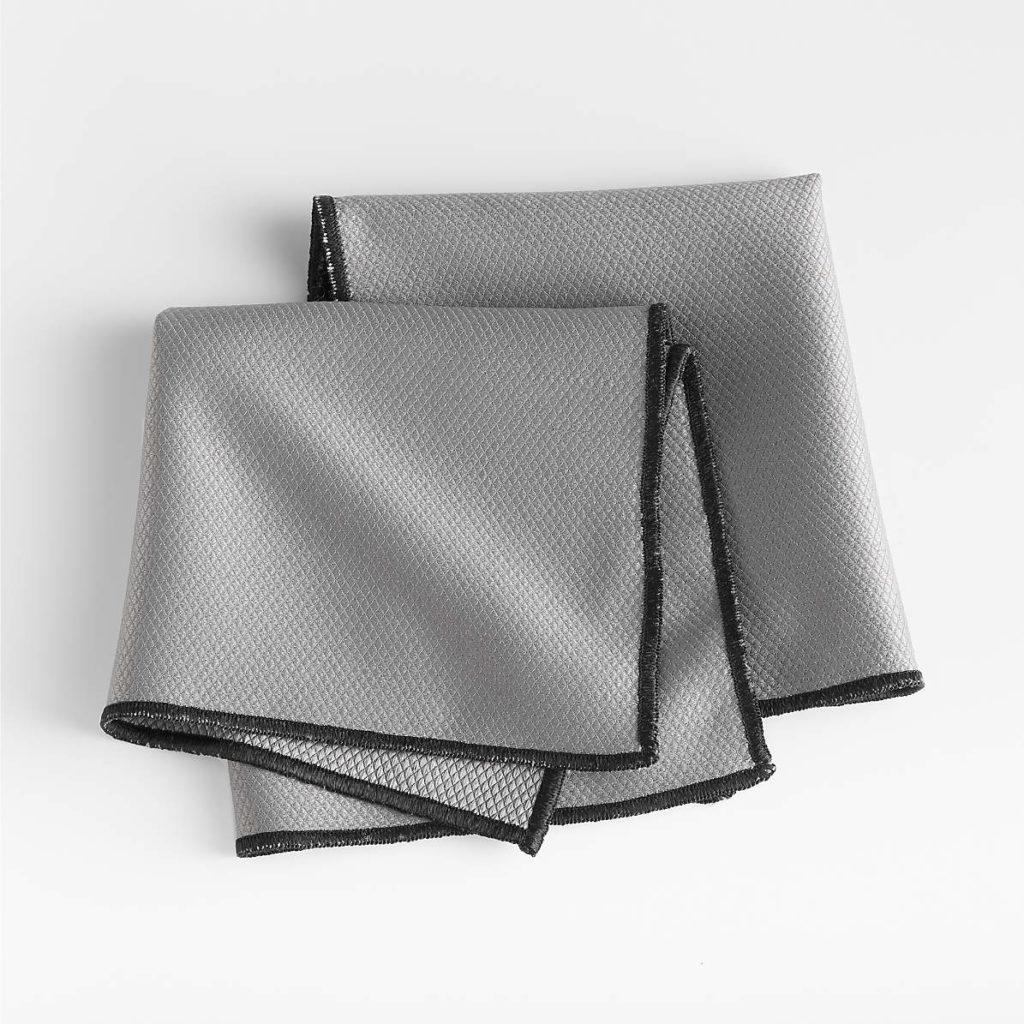
The old trick of using newspaper to clean windows is no longer great. Stick to a high quality microfiber towel that traps grease and dirt, and also absorbs cleaners better. These wont scratch, and they're reusable and washable. Better cleaning and better value. Using two towels like in our video is the top way to clean too.
#3 - Don't Clean in Direct Sunlight
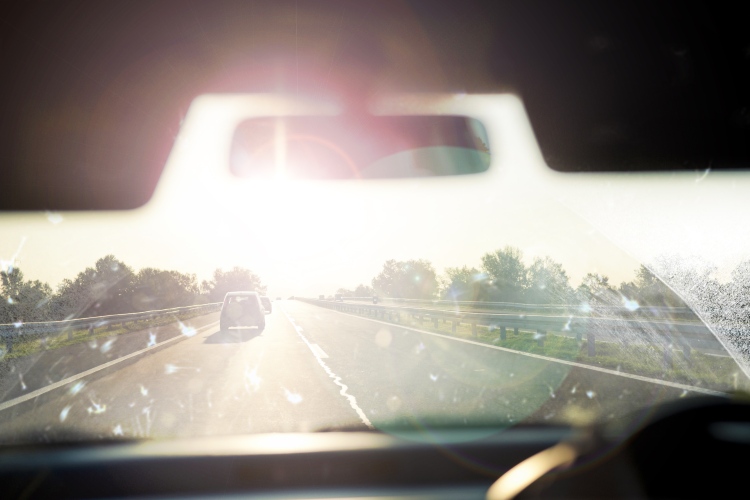
Sure, the sun doesn't hide any spots you may have missed. But the heat from the sun can cause the cleaner to dry too soon, and leave streaks. Clean your glass in a shaded, cool spot and you will have optimum conditions for perfect clarity. Use a flashlight if you have to as a check for missed spots.
#4 - Clean Often
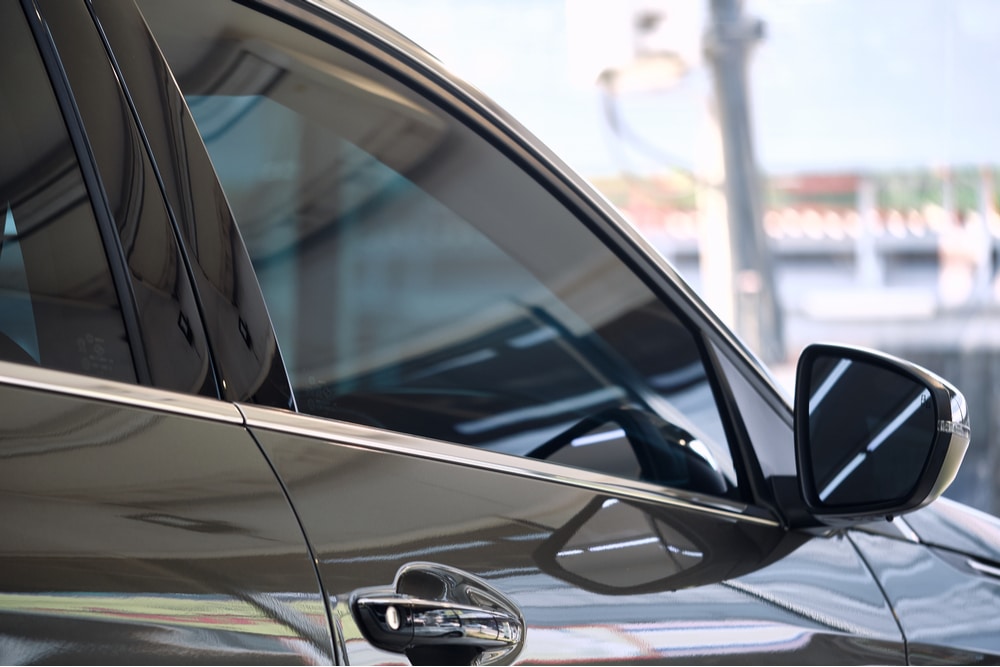
Keeping on top of your window cleaning should be done every month at minimum. Your windows are what let you see the world around you. If you only cleaned your sunglasses once a year, do you think they'd be pretty filthy? So keeping up with the glass is a small price to pay for improved safety, visibility and maintenance.
#5 - Use your A/C While Defrosting

This lesser known tip will help dehumidify the interior air of your car while you defrost/defog. By turning the heat and fan on full, and having the AC on (it will still blow hot, don't worry) this removes the excess moisture from the interior, and cuts down on the time it takes to clear your windows. And, make sure you turn OFF the recirculate setting, as we want less humid exterior air to enter the car and replace the humid interior stuff. Use this tip with clean glass and you'll be the fastest defroster on the street!
What We've Been Working On
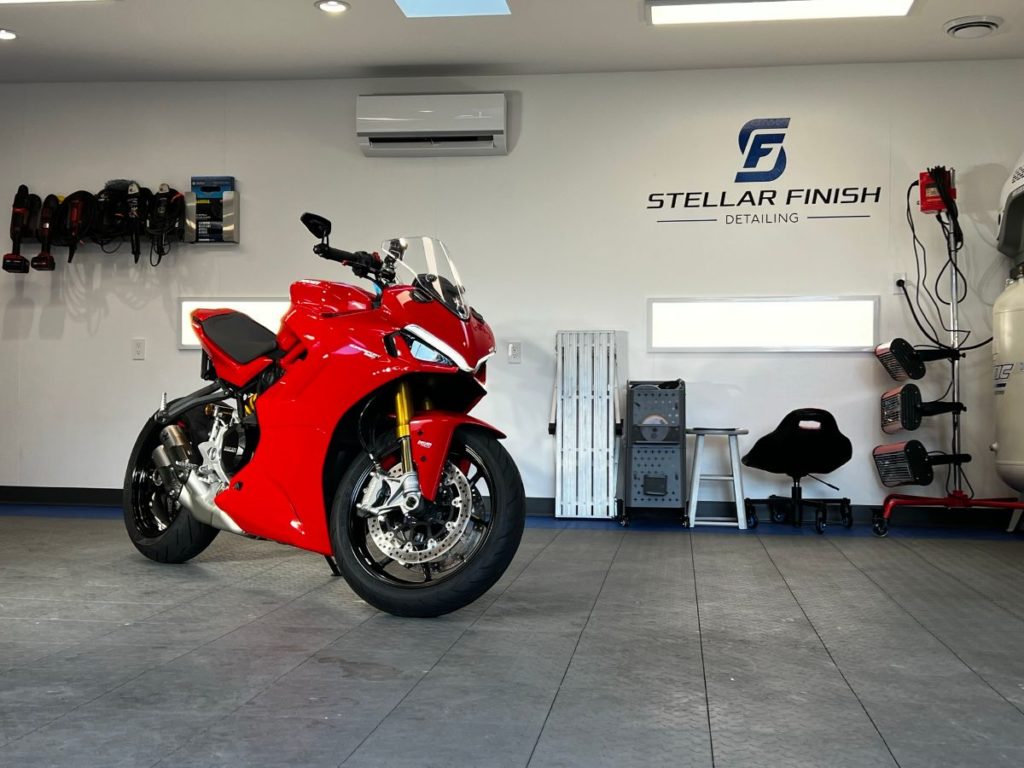
Product Spotlight

" Car paints are getting softer and softer, and we have finally developed technology to combat this. DQUARTZ is the first ever ceramic coating, which utilises Functionalised Detonation Nano Diamond Powder.
How does the magic work?
The carefully controlled size and spherical shape of our nano diamond particles in combination with their activated surface structures allow the diamonds to electrostatically bind to other ingredients of the coating, as well as the surface itself.
Functionalised Detonation Nano Diamond Powder helps create an extremely hard coating, which offers resistance to swirls and scratches.

